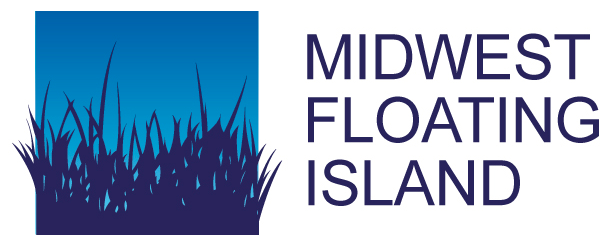BioHaven® Floating Islands: Construction, Benefits, and Environmental Impact
What Are BioHaven® Floating Islands?
BioHaven® Floating Islands are innovative, eco-friendly solutions designed to improve water quality and ecosystem health. These man-made wetlands act as floating versions of constructed wetlands. Designed to mimic the benefits of natural floating bogs, these anchored islands leverage natural processes to remove pollutants and restore water ecosystems in ponds, lakes, and other waterways. BioHaven® islands are versatile and can be customized for a variety of environments.
How BioHaven® Floating Islands Are Constructed
BioHaven® floating islands are constructed with a matrix base of non-woven PET fibers derived from BPA free recycled plastic drinking bottles (resulting in less plastic in landfills). Marine grade foam is injected for buoyancy. Islands can get quite heavy in the water with all the microbial activity in the matrix and on the plant roots in addition to the weight of visiting wildlife.
BioHaven® islands have an internal structure, anchor points and wicking holes for planting with vegetation. The type of fibers in the matrix were chosen to encourage optimal biomass growth. The holes do not go all the way through the matrix fibers. There is support at the bottom of the wicking hole so plants will not fall through the islands.
BioHaven® floating islands can be custom built to fit specific needs in stormwater ponds, shallow lakes, backyard ponds, streams and other waterways that remain wet during the year. Floating islands can be used in deeper waters with appropriate anchoring. Every island is manufactured with anchor points so you can attach your anchor lines. Anchor the islands with extra length so the floating wetlands can adjust to fluctuations in water level. The extra bounce avoids plants dying from drying out or getting flooded.

BioHaven® Advantages
BioHavens® represent a relatively low cost option to retrofit into existing lagoon systems, ponds and other water bodies. No additional land or major impact from earth moving equipment is required.
BioHaven® man-made wetlands can be considered a floating version of a constructed wetland that can be positioned in places where you couldn’t establish a traditional constructed wetland due to constraints such as cost, lack of space and ease of access.
How Microbes Clean Water in BioHaven® Islands
BioHaven® floating treatment wetlands enhance water quality by harnessing natural processes. Microbes, essential for breaking down pollutants, require surface area to thrive. The wetlands’ structure, combined with plant roots, provides the ideal substrate for microbial growth. These microbes form biofilm, which helps collect algae, zooplankton, and other organisms, creating a community known as periphyton. Periphyton plays a crucial role in nutrient removal, helping to clean water from urban and agricultural runoff. The biological activity with the islands works to prevent harmful algae blooms by outcompeting algae for nutrients.
Nutrient Removal and Water Quality Improvements
Floating treatment wetlands (FTWs), the term for islands used in much of the research, help improve water quality by removing excess nutrients and sequestering carbon. The periphyton and plant roots on these islands absorb dissolved carbon dioxide for photosynthesis and trap organic carbon. FTWs also convert harmful nitrogen compounds, like ammonia and nitrate, into harmless nitrogen gas through bacterial processes, preventing eutrophication. Similarly, phosphorus, another key contributor to eutrophication, is filtered, absorbed by plants, or consumed by aquatic organisms, reducing its presence in the water. Some phosphorus is also manually removed by cutting or removing plants as desired but this is a small part of the total uptake.
